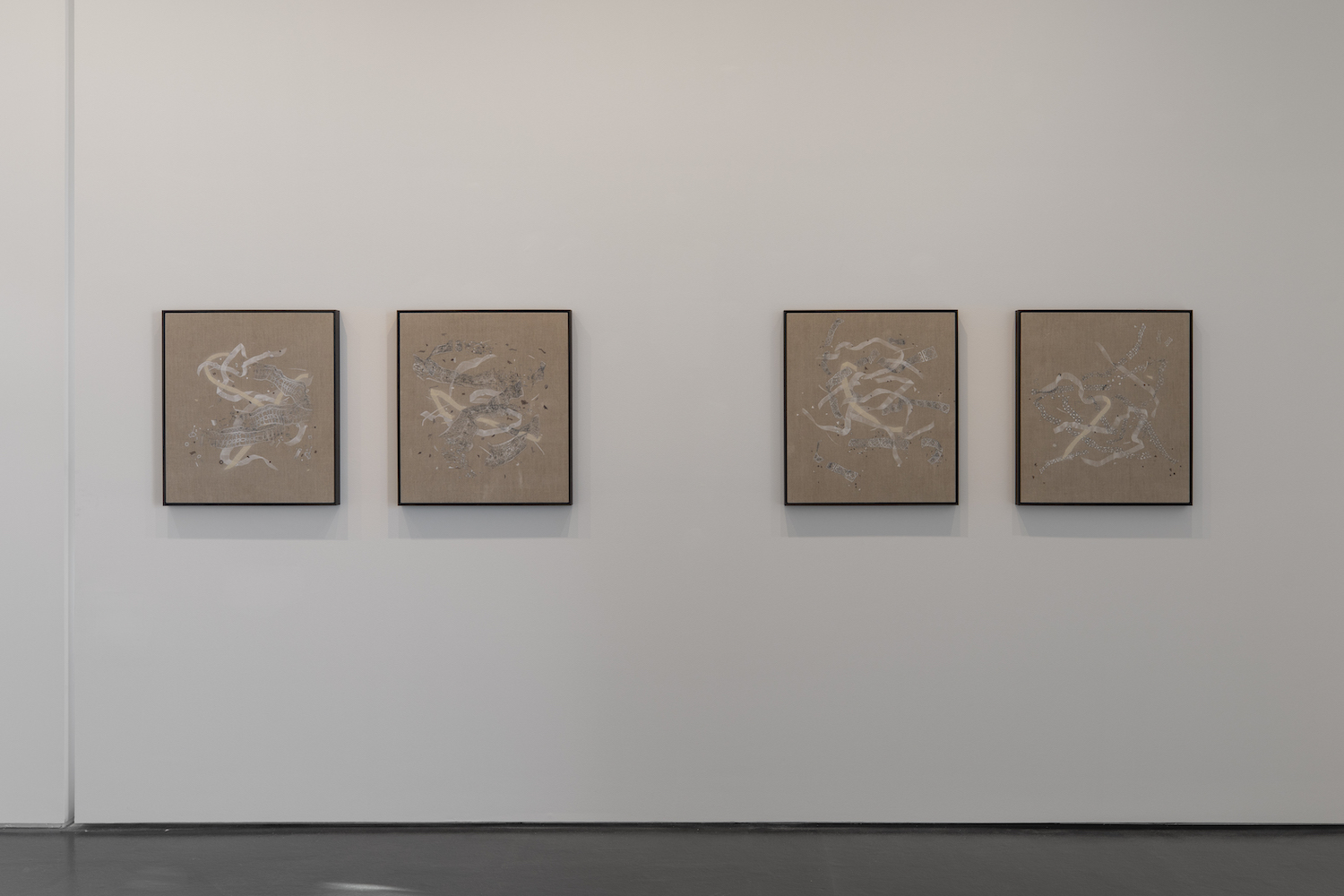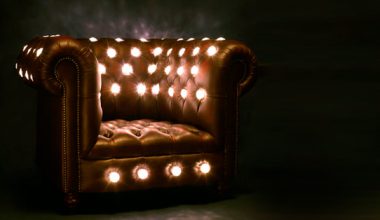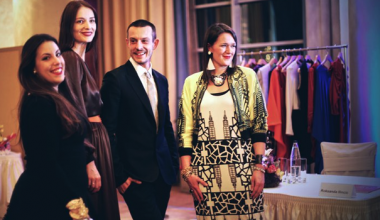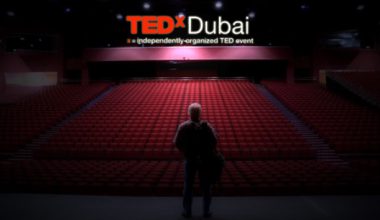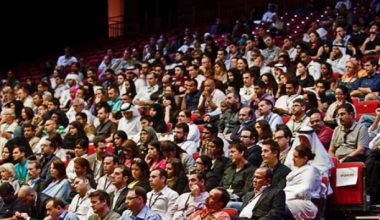Asma Belhamar is an interdisciplinary artist and assistant professor at Zayed University hosting a solo exhibition Solid Void at 421 in Abu Dhabi. This captivating solo collection offers a deeper look at UAE’s megastructures and their impact on the geographical memory of local landscapes through an interdisciplinary approach.
The works narrate the topographic evolution of the UAE, as influenced by Western classical modernity, contemporary traditionalism in Islam, and the historic trade relationships that shaped much of that landscape. The artist's deft interpretation reveals the diversity and fragmentation of the design sensibilities that have made the nation’s aesthetic identity what it is today.
We spoke to Asma about this exhibition, what she is trying to capture with it, and the message she wants to convey.
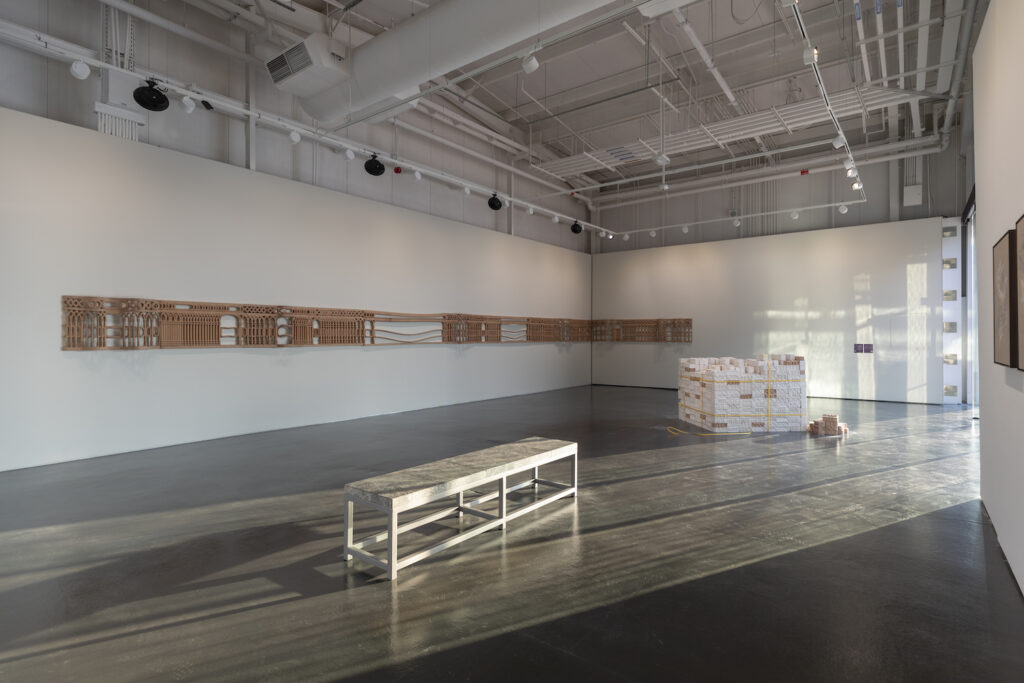
Saira Malik (S.M.): Give us a short insight into how you developed into the artist you are today?
Asma Belhamar (A.B.): My journey as an artist has been shaped by a variety of experiences and influences. The amalgamation of my interdisciplinary practice stems from a deep-seated curiosity about the impact of megastructures on the local topographical memory. This curiosity led me to explore hybrid spaces, using installation, experimental print, video, and three-dimensional modelling. Over time, my practice has evolved to delve into the intersections of temporality, spatial memory, and architectural trends, aiming to illuminate perceptions of the UAE both within the local landscape and on a global scale.
(S.M.): What draws you to depicting the subject of tensions between shifting natural geographies and dynamic urban environments as an artist?
(A.B.): As an artist, I find the juxtaposition between changing natural landscapes and evolving urban environments intriguing. It's a captivating subject as it encapsulates the essence of transformation and adaptation in society. Through my work, I endeavour to illustrate the harmonious and at times tumultuous relationship between these two contrasting yet interdependent facets.
(S.M.): Tell us about the idea behind this solo exhibition and what you are trying to capture with it?
(A.B.): The idea behind my solo exhibition at 421 sprouted from my observations and realizations concerning the collective memory of space. Witnessing the rapid changes in the urban landscape sparked a profound realization within me. I vividly remember passing construction sites and witnessing entire houses develop within remarkably short periods. These experiences, viewed predominantly through the lens of a car window, felt akin to watching a fast-paced movie where everything seemed in motion and constantly evolving.
The car, as a pivotal element in these observations, became an inspiration that guided my artistic exploration. It led me to prioritize motion as a central theme in much of my work. This fascination with the fluidity of movement and the rapid transformation of spaces became a cornerstone of my artistic expression.
In this exhibition, I aim to capture the essence of these experiences: the rapid evolution of the urban landscape, the fusion of architectural elements, and the dynamic interplay between natural and man-made environments. The artwork embodies these ideas through large-scale sculptural installations and intricate wall reliefs, encapsulating the tensions between shifting natural geographies and dynamic urban settings. It's an invitation for viewers to contemplate the ever-evolving narrative of the UAE's architectural history, shaped by a complex interplay of societal, cultural, and environmental influences.

(S.M.): Describe the process of planning this exhibition.
(A.B.): The Artist Development Program at 421 Art Campus provided invaluable support for the expansion of my research endeavors. It facilitated discussions with experts in the field, allowing for a deeper exploration of my genuine interest: the chronological history of architecture in the UAE. This curiosity has led me to delve into various facets, including the pivotal roles of materiality and design in architectural evolution, the societal influences shaping architectural changes, and the intriguing comparisons between natural and urban topographies.
Viewing this pursuit as a lifelong journey, I've chosen to reflect and respond to these themes in phases through my artistic works. The intellectual dialogues with the Program Manager and fellow Artist/Architect Mays Albaik were particularly enlightening. Moreover, engaging with conservation architects, such as Mr. Rashad Bukash, Chairman of the Architectural Heritage Society – UAE, and Mr. Sultan Alhammadi, responsible for heritage projects in Sharjah, provided profound insights into architectural history, materials, and other influential factors. Reference materials and discussions further enriched my understanding.
The creative decisions behind crafting the artworks evolved organically through continuous practice, involving the development of sketches and multiple iterations. This iterative process persisted until the final artworks emerged as a culmination of my research, dialogue, and intuitive artistic practice.
(S.M.): The title Solid Void evokes an intense feeling of nothingness, what is the thought behind it?
(A.B.): Well, solid-void is a term used in the architectural field. I’ll try to explain it in architecture, the way things take up space is like a puzzle. We use surfaces in a 4D space (like height, width, depth, and time) to create a balance between solid stuff and empty spaces. Solids are the full parts, while voids are the empty parts, but together they define how much space there is. On the other hand, as you mentioned the intense feeling is resonating with me when I experience passing by the urban environment combining time, motion and built structures. In some moments when I pass by a building or a house that has traditional see through motifs. The accumulation of the repetition of the motif becomes solid in vision while experiencing motion. Motion for me represents time.
(S.M.): Can you talk through the significance of contemplating the country’s history through its man made landscapes by referencing scenes from a music video released in the early 70s, titled "Esh Halkom Ya Arab," by prolific Emirati singer Abdullah Belkhair?
(A.B.): The storyline of this music video took shape after a conversation with my mother. While we were watching it, we discussed how the architecture in Dubai underwent a significant change in the 1970s. Concrete emerged as the primary building material, transforming the landscape with modern villas sporting unique designs. These structures blended influences from around the world, drawing from the Renaissance, mid-century, and new Islamic aesthetics. They became symbols of affluence and a contemporary society.
The houses showcased in the video were familiar to my mother; she could even identify the families who owned them. It was fascinating to witness her recognition. This music video isn't just entertainment; it's part of a series that offers an unconventional way of documenting the evolution of urban architecture and landscapes.
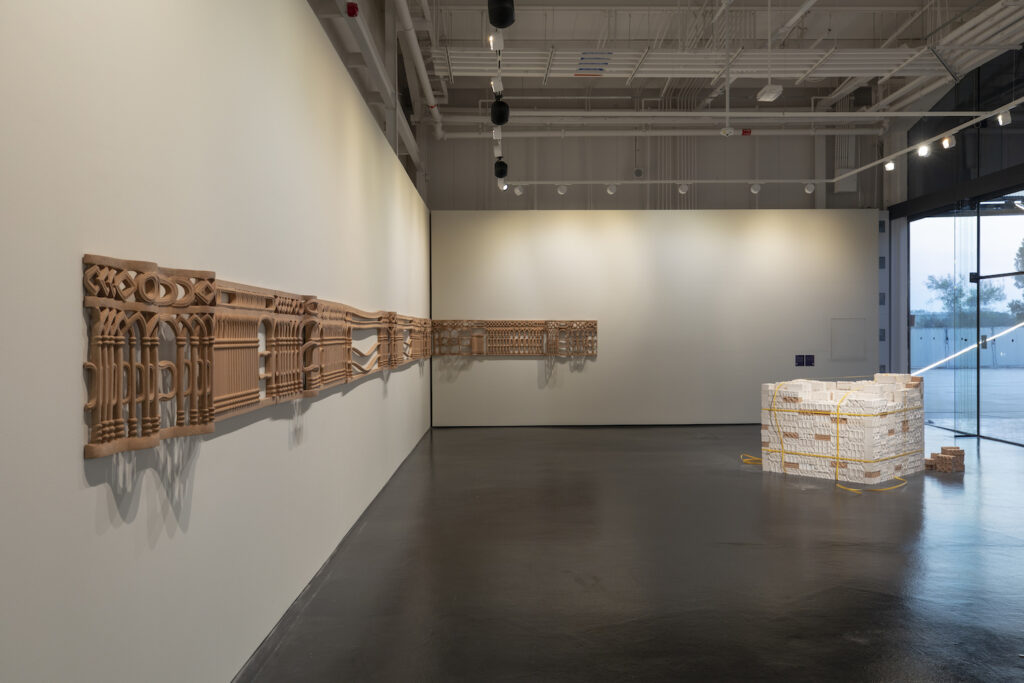
(S.M.): Moving through the exhibition space, we encounter your observations and experiments through a stunning wall relief. Tell us how this intricate tableau of mountainous rock formations serves as a powerful visual metaphor for the UAE’s urban fabric and captures the essence of time and motion in a tangible form?
(A.B.): Certainly! The piece is titled "Visions of Periphery." It explores the relief, a motif significant in UAE's vernacular architecture. By playing with the repetition of this motif—stretching, condensing, and morphing it simultaneously—I aim to mimic the peripheral sensation of navigating through both natural and man-made landscapes. This manipulation allows viewers to grasp the dimension of time, presenting the motif as if it were a frozen movement, a snapshot of an ongoing process.
This immersive encounter encourages patience, mirroring the pace of experiencing nature's landscapes through walking. It prompts contemplation, weaving a philosophical approach inspired by physics and nature into the artistic exploration of architectural motifs.
(S.M.): What do you want the viewers to experience when they come to this exhibition?
(A.B.): When visitors step into this exhibition at 421, I hope they embark on a journey through the layers of the UAE's architectural history and its intricate relationship with nature. I want them to feel immersed in the dynamic interplay between urban landscapes and natural surroundings, experiencing a sense of contemplation about the evolution of these spaces. I aim for the viewers to feel a connection to the narratives embedded within the artworks, evoking a deeper appreciation for the cultural, historical, and societal influences that have shaped the UAE's identity. Ultimately, I wish for visitors to leave with a renewed perspective on the symbiotic relationship between architecture, nature, and cultural heritage within the UAE.
Asma Belhamar: Solid Void
On view from October 22 to December 31, 2023

